The project, says artist Liz Harvey, “draws on the past to navigate toward an uncertain but yet hopeful future.”
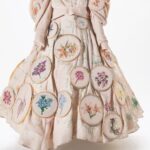
Sign up for our free weekly newsletter and understand everything better!
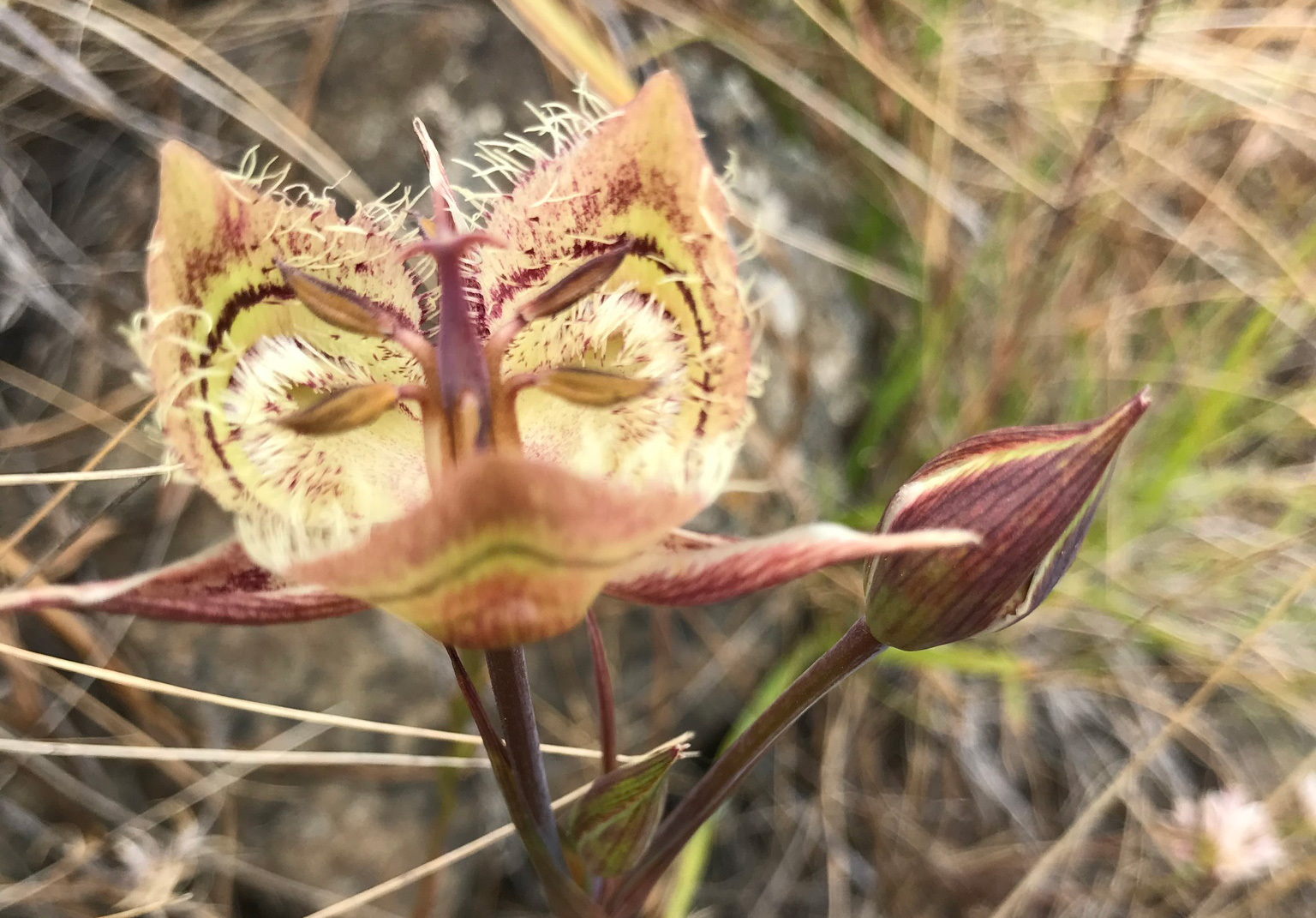

The project, says artist Liz Harvey, “draws on the past to navigate toward an uncertain but yet hopeful future.”
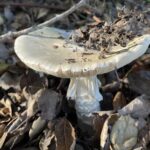
Local mycologists suspect death caps—huge and abundant in the Bay Area—may be competing with chanterelles underground.
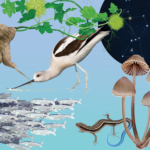
You didn’t imagine it. That was a tiny blue tail you saw wriggling through the damp leaves and brush. Illustrations by Jane Kim.
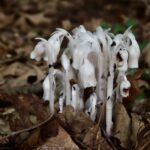
For those who dare—meet the Bay Area’s spookiest plants (and two freaky fungi).
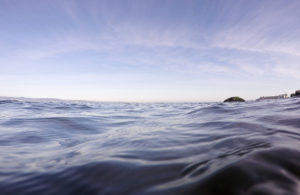
Meet the Salt Marsh 3, a trio of marsh plants specially adapted to live in the brine.
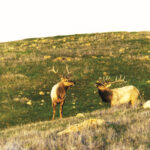
The 1,800-acre Máyyan ‘Ooyákma–Coyote Ridge Open Space Preserve is home to 13 endangered or threatened species. Volunteers played a major role in making it accessible to the public.
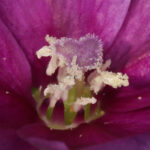
When other plants start hunkering down, clarkias send up a dazzling array of purples and pinks.
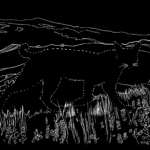
Bits of DNA linger on the forest floor, in the ocean, and even in the air—and these strands have stories to tell, back at the lab. Here’s how environmental DNA (aka ‘eDNA’) is starting to transform how ecologists work in the Bay Area and beyond.
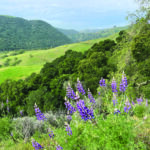
Explore 20 miles of new trails and over 2,800 acres of serene hills and woodlands, now added to the East Bay’s Pleasanton Ridge Regional Park.
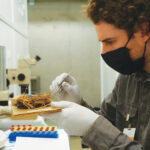
Century-old bird nests help scientists time-travel to San Francisco Bay’s lost plant communities.